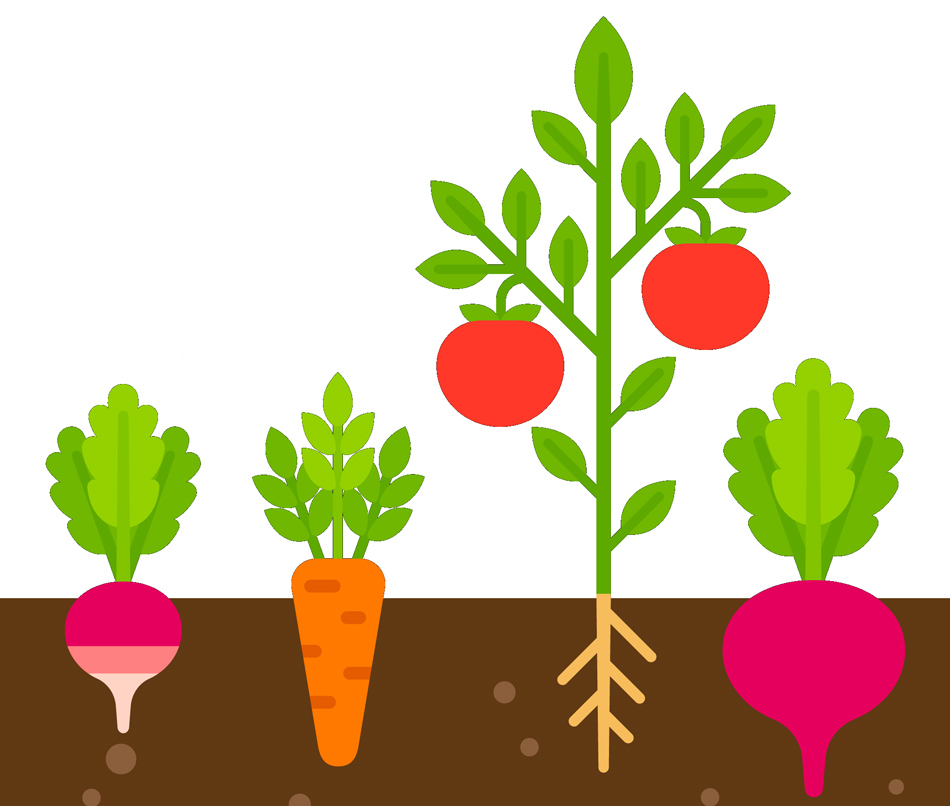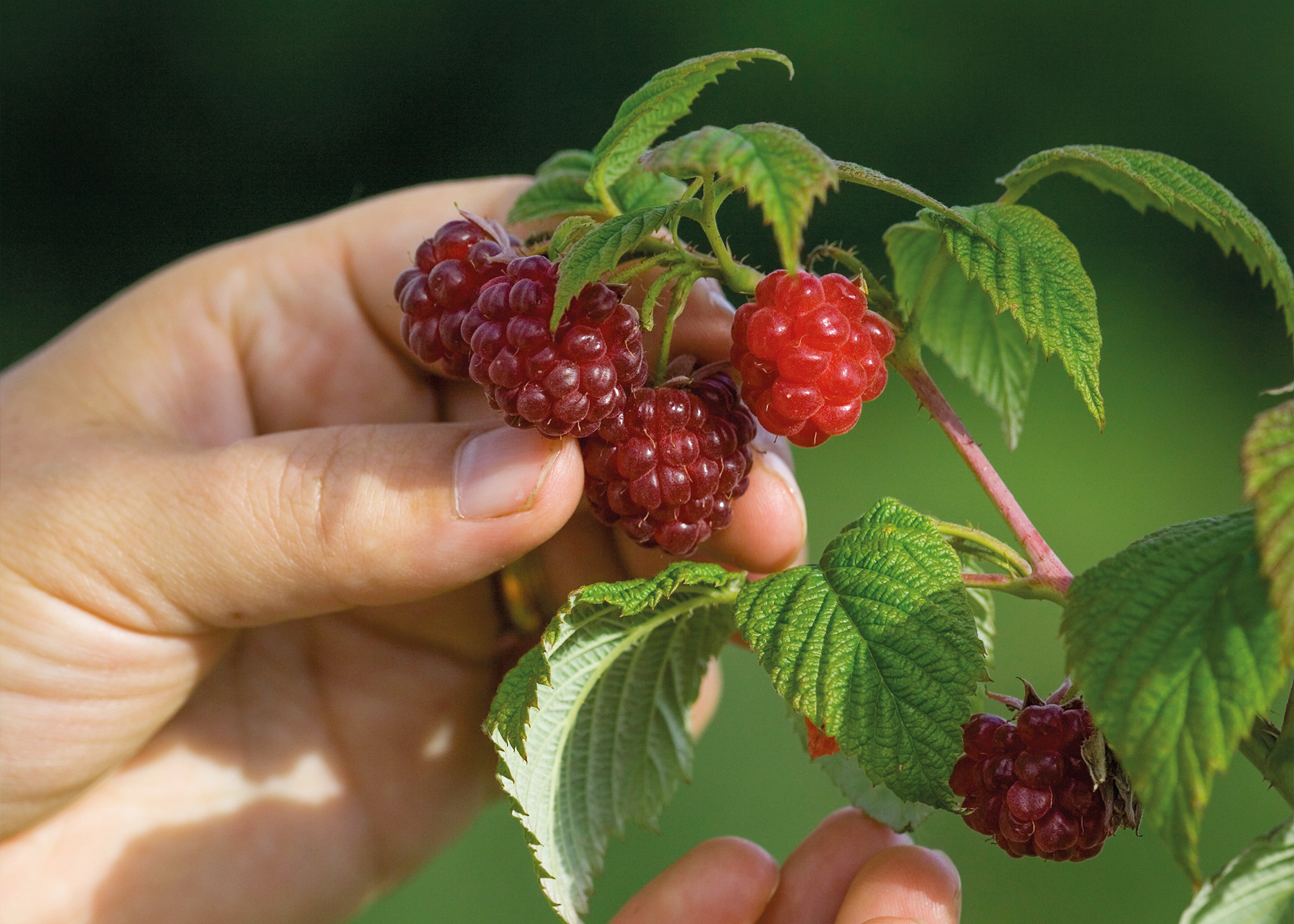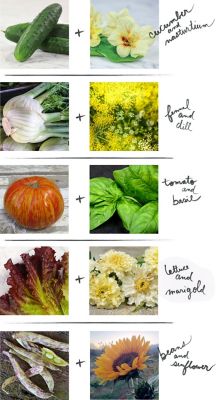The Best Companion Plants For Hazelnuts
The Best Companion Plants for Hazelnuts
Hazelnuts are a delicious and nutritious nut that can be grown in many different climates. They are relatively easy to care for, but they can benefit from being planted with companion plants. Companion planting is the practice of planting different types of plants together that benefit each other in some way. There are many different companion plants that can be grown with hazelnuts, but some of the best include:
- Nitrogen-fixing plants: Nitrogen-fixing plants are able to convert atmospheric nitrogen into a form that other plants can use. This can help to improve the soil fertility around the hazelnuts, which can lead to better nut production. Some good nitrogen-fixing companion plants for hazelnuts include clover, beans, peas, and alfalfa.
- Pollinator-attracting plants: Hazelnuts need pollinators to produce nuts. Planting pollinator-attracting plants near your hazelnuts can help to ensure that they are pollinated and produce a good crop. Some good pollinator-attracting companion plants for hazelnuts include lavender, chamomile, sunflowers, and mint.
- Disease- and pest-repellent plants: Some plants can help to repel pests and diseases from hazelnuts. Some good disease- and pest-repellent companion plants for hazelnuts include garlic, chives, marigolds, and nasturtiums.
- Shade-tolerant plants: Hazelnuts can tolerate some shade, but they do best in full sun. If you are planting your hazelnuts in an area that gets a lot of shade, you may want to consider planting some shade-tolerant companion plants nearby. Some good shade-tolerant companion plants for hazelnuts include strawberries, raspberries, and blackberries.
In addition to these specific companion plants, there are a few general guidelines that you can follow when choosing companion plants for hazelnuts. First, you want to make sure that the companion plants have similar water and sunlight requirements. You also want to make sure that the companion plants will not compete with the hazelnuts for nutrients. Finally, you want to make sure that the companion plants will not attract pests or diseases that are harmful to hazelnuts.
By following these guidelines, you can choose the best companion plants for your hazelnuts and help to ensure that they thrive.
Here are some additional tips for companion planting with hazelnuts:
- Plant your companion plants in a staggered pattern so that they do not shade each other out.
- Mulch around your hazelnuts and companion plants to help retain moisture and suppress weeds.
- Water your hazelnuts and companion plants regularly, especially during dry periods.
- Fertilize your hazelnuts and companion plants in the spring and fall.
- Remove any dead, diseased, or insect-infested leaves or branches from your hazelnuts and companion plants.
- Monitor your hazelnuts and companion plants for pests and diseases and take action if necessary.
By following these tips, you can help to create a thriving hazelnut and companion plant guild that will provide you with delicious nuts for years to come.
Hazelnut trees are a great addition to any garden, but they can be even more productive when they are planted with companion plants. Companion planting is the practice of planting different types of plants together that benefit each other. For hazelnut trees, some good companion plants include:
- Clover: Clover is a nitrogen-fixing plant, which means it helps to enrich the soil for the hazelnut tree.
- Primrose: Primrose attracts beneficial insects, such as ladybugs and hoverflies, which help to control pests that can damage hazelnut trees.
- Coriander: Coriander helps to repel pests, such as aphids and spider mites.
- Asparagus: Asparagus provides shade for the hazelnut tree's roots, which can help to prevent them from drying out.
- Wild garlic: Wild garlic deters rabbits and other animals from eating the hazelnut tree's bark.
For more information about hazelnut companion plants, please visit Gardenia Inspiration.
FAQ of hazelnut companion plants
- What are the best companion plants for hazelnuts?
The best companion plants for hazelnuts are those that are nitrogen-fixing, attract pollinators, or improve the soil around them. Some good examples include comfrey, primrose, coriander, asparagus, wild garlic, currants, and various bulbs. Avoid planting hazelnuts near fennel, leeks, or beets, as these plants can compete with hazelnuts for nutrients.
- What is the best climate to grow hazelnuts?
Hazelnuts are hardy to USDA zones 5-9, and they prefer a cool, moist climate. They will not do well in hot, dry climates.
- How do you start hazelnuts?
You can start hazelnuts from seeds, but it is more common to buy nursery-grown plants. If you do start from seeds, plant them in the fall, 15 feet apart and 2 inches deep. The slightly pointed side of the seed should face downward. Protect the seeds over the winter with a cold frame or a thick layer of mulch.
- How do you care for hazelnut trees?
Hazelnut trees are relatively low-maintenance. They need full sun and well-drained soil. Water them deeply once a week during the growing season. Fertilize them in the spring with a balanced fertilizer.
- How do you harvest hazelnuts?
Hazelnuts are harvested in the fall, when the nuts are brown and fully ripe. Shake the branches of the tree to loosen the nuts. Collect the nuts and spread them out to dry in a single layer. Once the nuts are dry, you can store them in a cool, dry place.
Image of hazelnut companion plants
Here are 5 images of hazelnut companion plants from Pinterest:
- Raspberries: Raspberries are a good companion plant for hazelnuts because they help to suppress weeds and attract beneficial insects.
- Blueberries: Blueberries are another good companion plant for hazelnuts. They have similar soil requirements and can help to improve the drainage around the hazelnut tree.

- Cucumbers: Cucumbers can be grown near hazelnut trees to help to prevent powdery mildew.
- Carrots: Carrots can be planted near hazelnut trees to help to deter pests.

- Basil: Basil is a good companion plant for hazelnuts because it helps to repel pests and attract pollinators.


Post a Comment for "The Best Companion Plants For Hazelnuts"